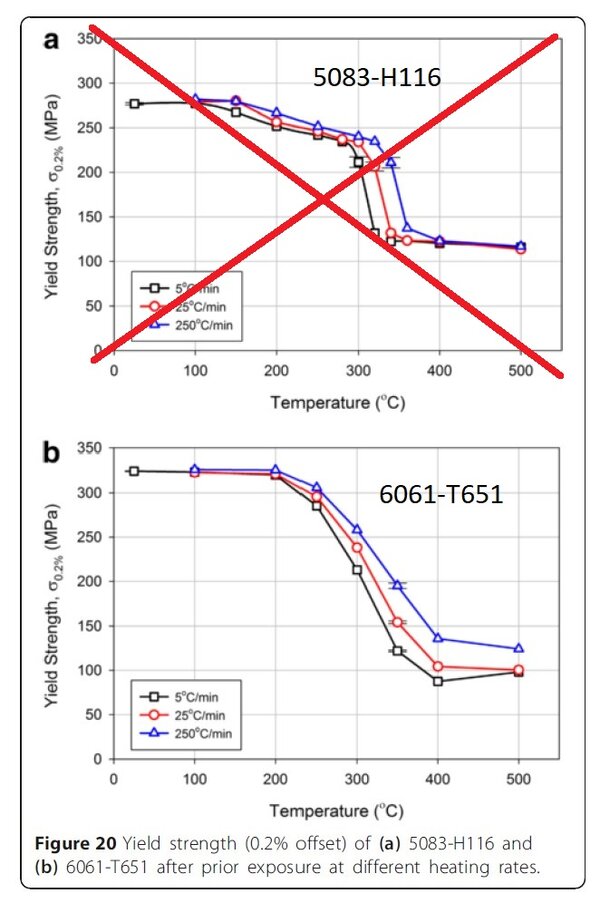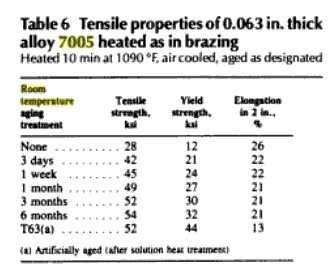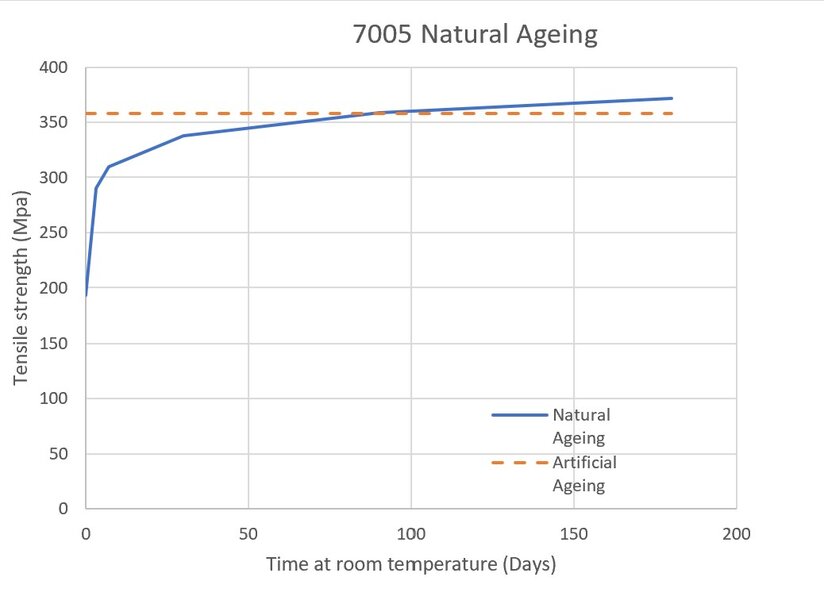Simply put, aerospace requirements are very, very different to bike frame manufacture.
I'm not questioning the exacting manufacturing requirements of the FAA/ICAO/ISO regarding the powder coating of airframe parts. They are understandably hyper cautious since the risk/consequence ratio is completely different to bike frames. I suspect the parts were rejected since they had been subject to a non-approved, un-logged thermal process carried out by an un-accredited practitioner. So they
could possibly have been annealed, not that they
had actually been annealed by the powder coating process.
Some of the aluminium alloys used in aerospace are highly susceptible, so
any un-regulated heat processes are banned on
all aluminium aerospace parts. That way,
all aluminium parts can be shown to be unaffected. If any process carried out on the any part is not specifically approved, carried out by an accredited company, QC/QAed and logged, then the part is rightly rejected and scrapped.
My major concern would be that you, as someone presumably contracted to be working on those aerospace parts, wasn't given, didn't understand or didn't follow the FAA guidelines regarding the specified finishing requirement of those parts.

To the FAA, other controlling bodies and all aircraft manufacturers, the average local powder coating shop might as well be run by dust-covered illiterate monkeys. However, there are many coaters who do have sufficient knowledge, care and process control to follow instructions and not screw up bike frames and similar aluminium products.
In the same vein, aircraft manufacturing regs, for example, also have blanket bans on any steel brazing, require all materials to be linked to batch and mill certificates throughout their life, fastener holes to be reamed to tolerance not drilled, require every part to be serial numbered and traceable from billet to fitting, each tool used must be serial numbered, regularly calibrated and time logged, along with the worker who carried out the procedure etc.
None of that is required or expected, even under the published EN/ISO regs, for bike manufacture...Do you still follow those tighter FAA requirements when working on your bikes just in case, though, because that's what is done on airplanes?
While some manufacturers might like their paying customers to believe that their QC standards/tolerances/repeatability and practices are similar to aerospace, that isn't how real world conventional bike manufacture is required to, or actually, works in any material or at any price point.
You are, of course, free to avoid powder coating your own bikes for fear of annealing, but plenty of aluminium manufacturers of all sorts (and their product liability insurers) have no problem at all with the process or its results, for the tested, proven and repeatable reasons I outlined above.
Your sweeping opening statement that it is 'not a great idea' to powder coat aluminium bike frames is misleading at best, your explanatory 'case in point' is incomplete and irrelevant to the industry in question, while your numbers and annealing claims are either unsubstantiated and incorrect.
...and what does the Kastan Uni-Fork have to do with powder coating aluminium frames...it was a TIG welded cro-mo steel product, and usually chrome plated.
 @Chopper the ex Copper
@Chopper the ex Copper Carbon bike frames are a indeed completely different kettle of fish to metal frames, and end very badly if exposed to elevated temperatures, even just in hot cars, let alone 200C. The resin matrix generally softens, out-gasses, then chars or burns unless specifically formulated for high temps. Even then 160C is considered a 'high temperature' service environment, with stuff like F1 CFRP brake rotors being rare outliers.
All the best,


